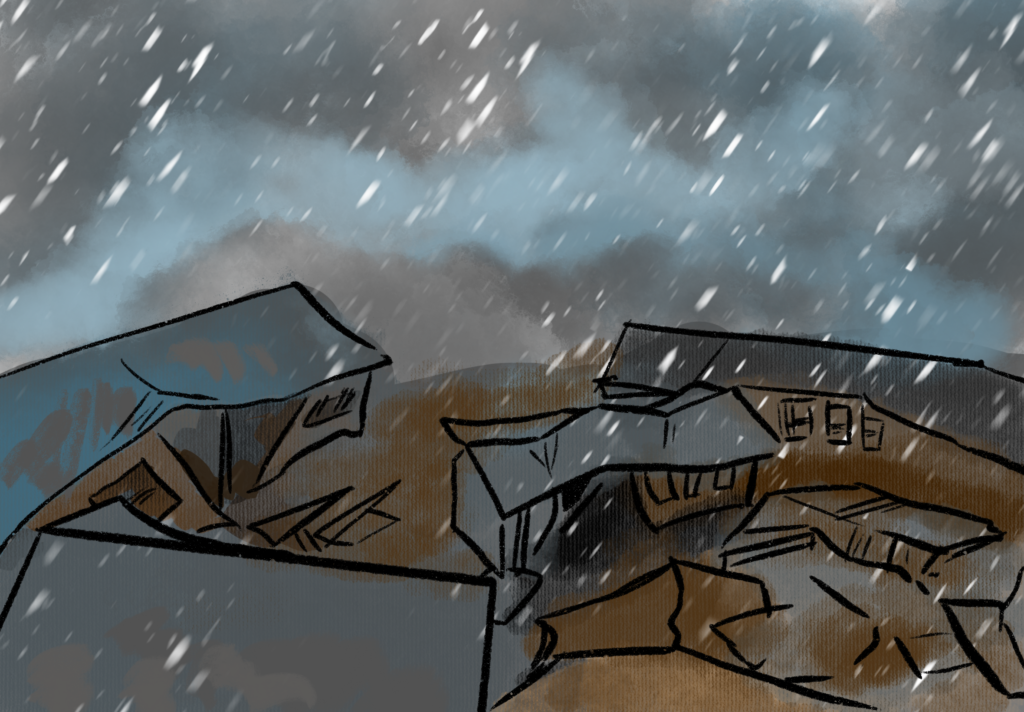On January 5, tens of thousands of copies of Fire and Fury rolled into bookstores, where they were quickly snatched up by eager customers. With paper, audio, and eBook copies combined, there have been over 400,000 books sold, with more than 1,000,000 on order. The cover, a reunion between a harsh font, bold colors, and an unflattering photo of President Donald Trump P’00 himself, is now known worldwide because of the shocking revelations the book holds. Behind the cover, author Michael Wolff paints a story of the White House in chaos.
Before the release of the book, planned for January 9, 2017, Wolff’s publisher released several excerpts from the book — excerpts that painted Trump as praise-seeking and unstable — inciting excitement within the Democratic Party and retaliation from Trump and his lawyers. He and his legal representative sent a cease and desist letter to Wolff and his publishers, citing defamation and malice as grounds for libel. Unfortunately for Trump, this only fanned the flames, arousing accusations that he thinks himself above the First Amendment. With all eyes turned towards the discourse around this book, Wolff’s publisher pushed the release date up to January 5 to capitalize on the excitement.
Once the book was released, major sources of media rushed to release reviews. For the most part, they portrayed the book as overdramatic and overreaching, searching for solid evidence where there is none –– in whole, not a good book. The contents of the book consisted of every scrap of information Wolff could find, much of it stemming from personal interviews, tidbits of gossip, and leaks from within the White House. Unfortunately for him, nearly all his sources are untraceable. One of the greatest contributors of information was Steve Bannon, Trump’s former Chief Strategist, who is now a critic of Trump and his associates. His colorful language fills the book, dotting the pages with insults aimed at Trump, his family, and his mental state. Unsurprisingly, Trump responded to this on Twitter, dubbing Bannon “Sloppy Steve” in a sour echo from the days of “Crooked Hillary.”
There is no doubt that the book itself has its faults. It draws from unreliable sources and blows information out of proportion and reads “almost like a comedy act,” as observed by Rolling Stone magazine. At the same time, Wolff himself admits in the author’s note that he intentionally loosened his definition of truth in a reflection of the propaganda Trump creates himself. However, every news source agrees that, amidst all the speculation, rumor, opinion, and word-of-mouth, there are bits of fact. The inside of the White House is a warped, chaotic reflection of its austere exterior, and the President of the United States is portrayed as a child. Furthermore, at this time, it is a moot point whether or not the book is good. It doesn’t matter if it reads like a work of art or a gossip rag; what is more important is the conversation and reaction around it.
The publication of Fire and Fury has Democrats on their feet, calling attention to the wrongness of the current political situation. A president who throws a tantrum when a book about him is published, going so far as to release an official White House statement by spokeswoman Sarah Sanders calling the book a “trashy tabloid fiction” and tweet that Wolff is “a total loser” shows emotional immaturity and instability. From seeing Bannon as a crucial member of his administration to calling him “Sloppy Steve,” Trump shows inconsistency and weakness under pressure. His anger and over-reactive nature are slowly being revealed as the book continues to ship all over the country. As the inner workings of the White House are bared to the public, people are more and more incited to take action in this time of struggle. Fire and Fury may not be the tell-all authority on the truth, but it certainly does push people to find it.




